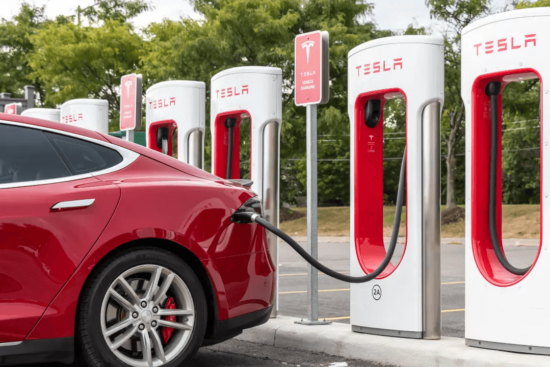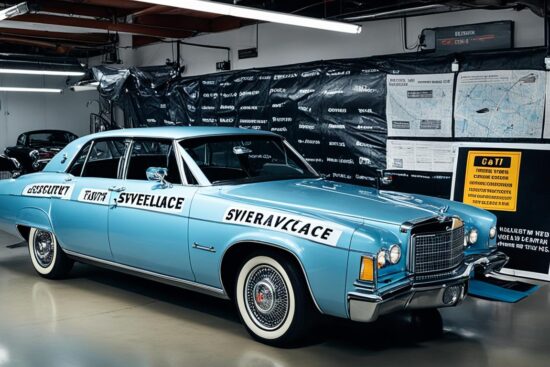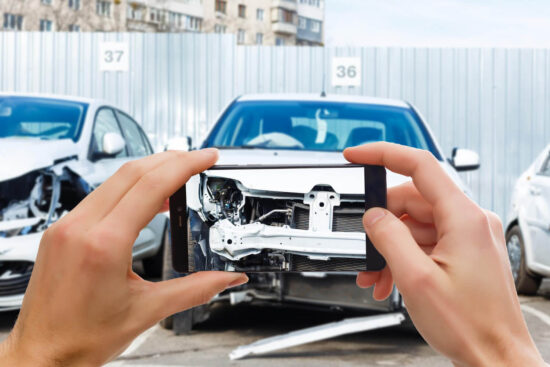
In today’s fast-paced business environment, equipment plays a crucial role in ensuring operational efficiency and productivity. From machinery in manufacturing plants to computers in office spaces, modern businesses rely heavily on various types of equipment to carry out their day-to-day operations smoothly. However, with increased reliance on technology comes the risk of equipment breakdowns, which can disrupt operations and result in significant financial losses.
Understanding Equipment Breakdown Insurance
Equipment breakdown insurance, also known as boiler and machinery insurance, is a specialized type of coverage designed to protect businesses from the financial impact of equipment failures. Unlike traditional property insurance, which typically covers damage caused by external factors such as fire or theft, equipment breakdown insurance specifically addresses the risks associated with mechanical or electrical breakdowns.
This type of insurance provides coverage for a wide range of equipment, including but not limited to:
- Electrical systems
- Heating and cooling systems
- Production machinery
- Computer systems
- Refrigeration equipment
However, it’s essential to note that equipment breakdown insurance typically excludes certain types of equipment, such as vehicles and mobile equipment.
Importance of Maintaining Operational Continuity
The smooth functioning of equipment is vital for maintaining operational continuity within a business. When equipment breaks down unexpectedly, it can lead to delays in production, disruptions in service delivery, and downtime that can negatively impact customer satisfaction.
Furthermore, the financial consequences of equipment breakdowns can be substantial. In addition to repair or replacement costs, businesses may also incur expenses related to business interruption, including lost revenue and additional expenses incurred to mitigate the impact of the disruption.
Moreover, repeated equipment failures can damage a company’s reputation and erode customer trust, making it essential for businesses to prioritize preventive maintenance and risk management strategies.
Preventive Measures for Equipment Maintenance
To minimize the risk of equipment breakdowns, businesses should implement preventive maintenance measures, including:
- Regular inspections: Conducting routine inspections of equipment to identify potential issues before they escalate into major problems.
- Scheduled maintenance: Following manufacturer recommendations for regular maintenance and servicing to keep equipment in optimal condition.
- Training and education for staff: Providing training to employees on proper equipment usage and maintenance procedures to prevent accidents and prolong equipment lifespan.
By investing in preventive maintenance, businesses can reduce the likelihood of unexpected breakdowns and mitigate the associated risks.

Benefits of Equipment Breakdown Insurance
Equipment breakdown insurance offers several benefits to businesses, including:
- Financial protection: Coverage for repair or replacement costs in the event of equipment breakdowns.
- Business interruption coverage: Compensation for lost income and additional expenses incurred during downtime caused by equipment failures.
- Risk transfer: Transfer of financial risk from the business to the insurance company, providing peace of mind to business owners.
Choosing the Right Coverage
When selecting equipment breakdown insurance, businesses should carefully assess their equipment needs and evaluate coverage options offered by different insurers. It’s essential to customize policies to suit specific business requirements and ensure adequate coverage for all critical equipment.
Case Studies: Real-life Examples
To illustrate the importance of equipment breakdown insurance, consider the following real-life scenarios:
- Manufacturing plant: A manufacturing plant experiences a sudden breakdown of its production machinery, leading to significant downtime and lost revenue. However, thanks to equipment breakdown insurance, the business is able to quickly repair the equipment and resume operations without incurring substantial financial losses.
- Restaurant: A restaurant’s refrigeration equipment malfunctions, resulting in spoiled food and temporary closure. With equipment breakdown insurance, the restaurant is able to cover the cost of repairs and replenish its inventory, minimizing the impact on its bottom line.
Common Misconceptions About Equipment Breakdown Insurance
Despite its importance, there are several common misconceptions about equipment breakdown insurance, including:
- Belief that general insurance policies cover all equipment failures: Many business owners mistakenly assume that their standard property insurance policies provide adequate coverage for equipment breakdowns, leading to gaps in coverage.
- Assumption that only old equipment is at risk: While older equipment may be more prone to breakdowns, even newer equipment can experience mechanical or electrical failures due to factors such as wear and tear, power surges, or manufacturer defects.
- Overlooking the importance of coverage for small businesses: Some small business owners may underestimate the risk of equipment breakdowns or assume that they can absorb the costs themselves, neglecting to invest in insurance coverage until it’s too late.
Cost Considerations
The cost of equipment breakdown insurance can vary depending on several factors, including the type and age of equipment, the level of coverage required, and the business’s claims history. However, the potential financial impact of equipment failures far outweighs the cost of insurance premiums, making it a worthwhile investment for businesses of all sizes.
Tips for Making a Claim
In the event of an equipment breakdown, businesses should follow these steps to expedite the claims process and ensure a smooth resolution:
- Documenting the incident: Keep detailed records of the equipment failure, including the date, time, and nature of the problem. Take photographs or videos if possible to provide visual evidence of the damage.
- Contacting the insurer promptly: Notify your insurance company as soon as the equipment breakdown occurs. Provide them with all the necessary information, including your policy number and a description of the incident.
- Following the claims process diligently: Work closely with your insurance adjuster to provide any additional documentation or information they may require. Be proactive in providing updates on the status of repairs or replacements to expedite the claims process.
By following these tips, businesses can increase the likelihood of a successful claim and minimize the financial impact of equipment breakdowns.
Future Trends in Equipment Breakdown Insurance
As technology continues to evolve, the landscape of equipment breakdown insurance is also changing. Some future trends to watch out for include:
- Technological advancements: Innovations such as predictive maintenance and remote monitoring are transforming how businesses manage their equipment risks. Insurance companies may offer incentives or discounts for adopting these technologies to mitigate the risk of breakdowns.
- Integration with other risk management strategies: Equipment breakdown insurance is increasingly being integrated with other types of coverage, such as cyber insurance and supply chain risk management, to provide comprehensive protection against various types of risks.
Expert Advice: Industry Insights
Insurance professionals recommend the following best practices for managing equipment risks:
- Regular equipment inspections: Implement a proactive approach to maintenance by conducting regular inspections and addressing any issues promptly before they escalate into major problems.
- Investing in quality equipment: While it may be tempting to cut costs by purchasing cheaper equipment, investing in high-quality, reliable machinery can help prevent breakdowns and minimize the need for costly repairs.
- Reviewing coverage periodically: Businesses should review their equipment breakdown insurance coverage regularly to ensure it remains adequate for their evolving needs. As businesses grow and expand, their equipment inventory may change, requiring adjustments to their insurance policies.
Conclusion
Equipment breakdown insurance is a critical component of risk management for businesses of all sizes. By providing financial protection against the unforeseen costs of equipment failures, this type of insurance helps businesses maintain operational continuity and safeguard their bottom line. By investing in preventive maintenance, choosing the right coverage, and following best practices for claims management, businesses can mitigate the risks associated with equipment breakdowns and ensure smooth operations.












